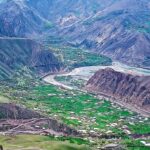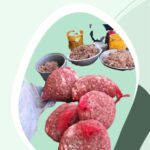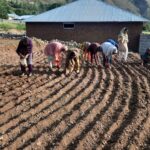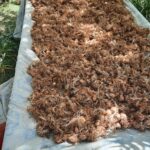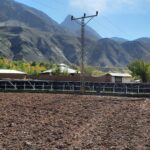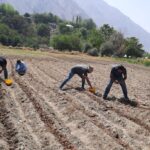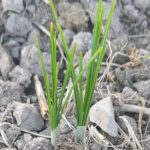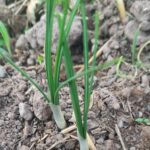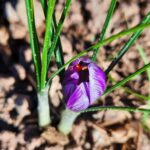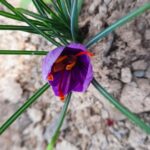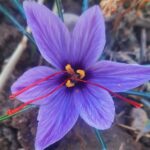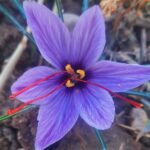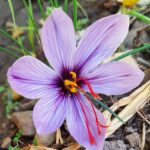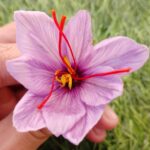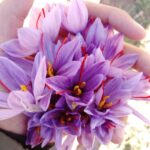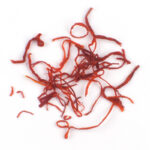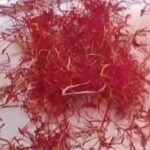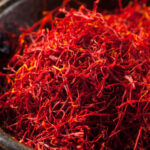Saffron Project
Some of our Projects
Successful Saffron Pilot Project (2023)
RegenX’s saffron pilot project, implemented across five villages in Upper Chitral, stands as a testament to our commitment to Climate Smart Regenerative Agriculture. Collaborating closely with local communities, particularly women, we leveraged the unique climatic conditions of altitudes ranging from 6,000 to 8,000 feet. This collaboration allowed us to cultivate saffron successfully, harnessing its potential as the world’s most expensive spice.
The saffron cultivation adhered strictly to regenerative agricultural practices, showcasing the compatibility of saffron with the high-altitude ecosystem. Saffron’s low water requirements and drought tolerance made it an ideal crop for these conditions. Moreover, the remarkable capability of saffron to absorb CO2 from the atmosphere aligns perfectly with our mission of carbon reduction and climate change mitigation.
Upcoming Cut Flower Project (Early Spring 2024)
Building on the success of our saffron pilot, RegenX is gearing up for an exciting cut flower project commencing in early spring 2024. This initiative aims to foster floriculture in high-altitude regions, further diversifying agricultural practices. By cultivating various indigenous and specialty flowers, we not only contribute to the preservation of native species but also foster a natural fusion of flora that enhances biodiversity.
Additionally, the project emphasizes the planting of more fruit-bearing trees, strategically integrating agroforestry into the landscape. This concerted effort aligns with our mission to create resilient and sustainable ecosystems. Fruit-bearing trees not only provide economic opportunities but also play a crucial role in preserving indigenous species and supporting the local ecosystem.
Saffron Pilot Project
RegenX’s saffron pilot project, implemented across five villages in Upper Chitral, stands as a testament to our commitment to Climate Smart Regenerative Agriculture. Collaborating closely with local communities, particularly women, we leveraged the unique climatic conditions of altitudes ranging from 6,000 to 8,000 feet. This collaboration allowed us to cultivate saffron successfully, harnessing its potential as the world’s most expensive spice.
The saffron cultivation adhered strictly to regenerative agricultural practices, showcasing the compatibility of saffron with the high-altitude ecosystem. Saffron’s low water requirements and drought tolerance made it an ideal crop for these conditions. Moreover, the remarkable capability of saffron to absorb CO2 from the atmosphere aligns perfectly with our mission of carbon reduction and climate change mitigation.
QUESTIONS?
Whether you’re curious about floriculture, Climate Smart Regenerative Agriculture, or Agroforestry, we’re here to answer any questions.

